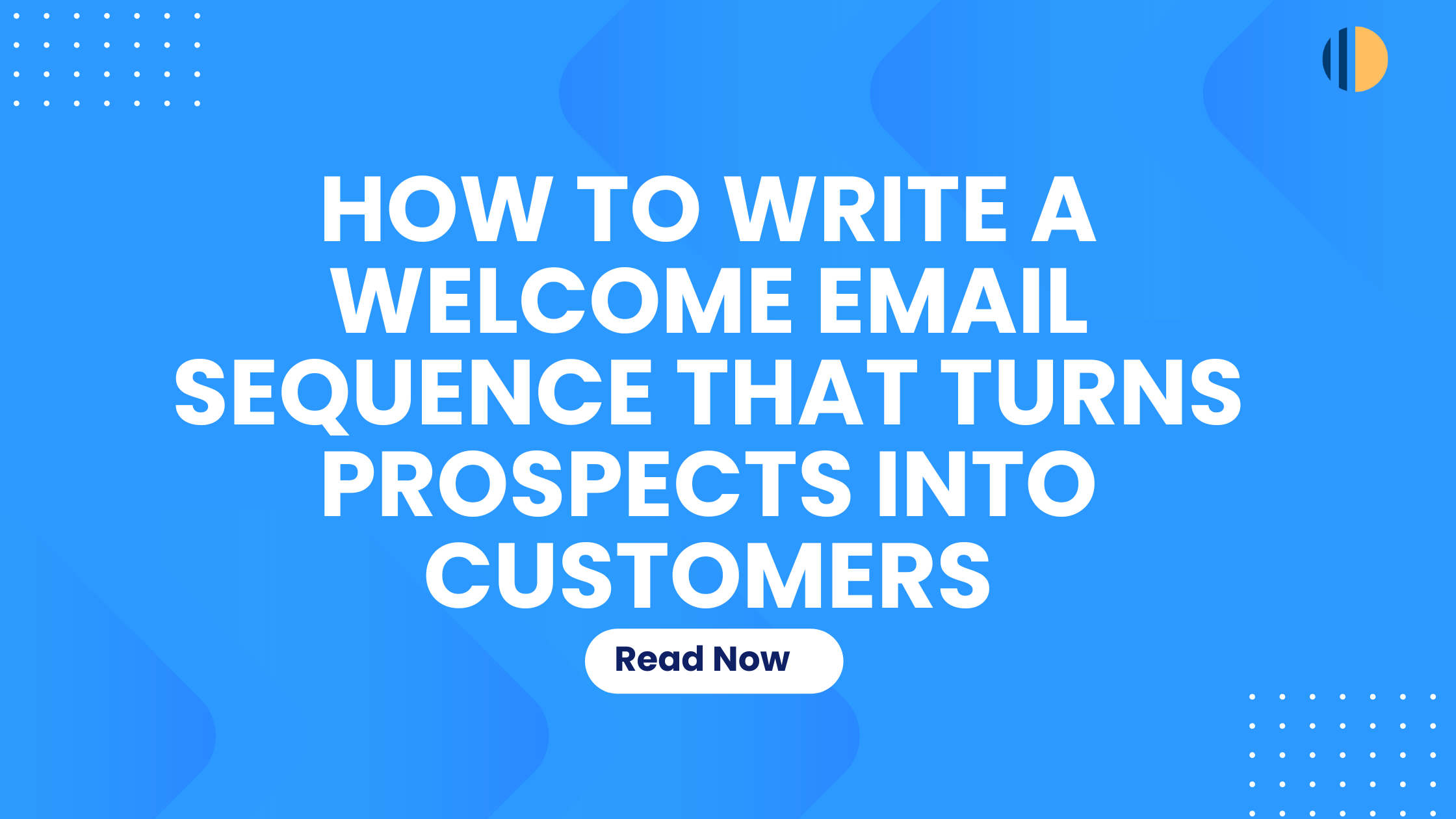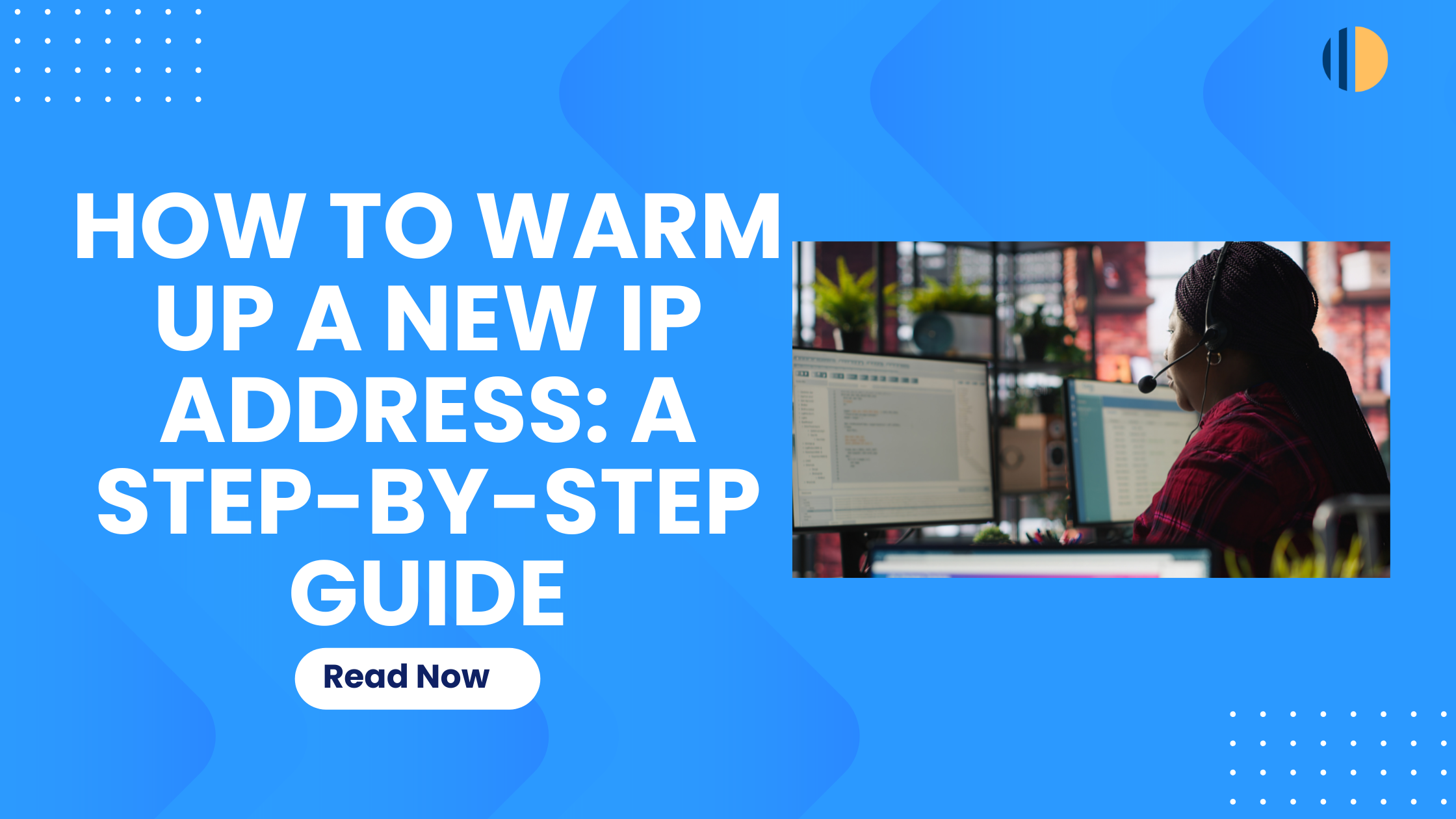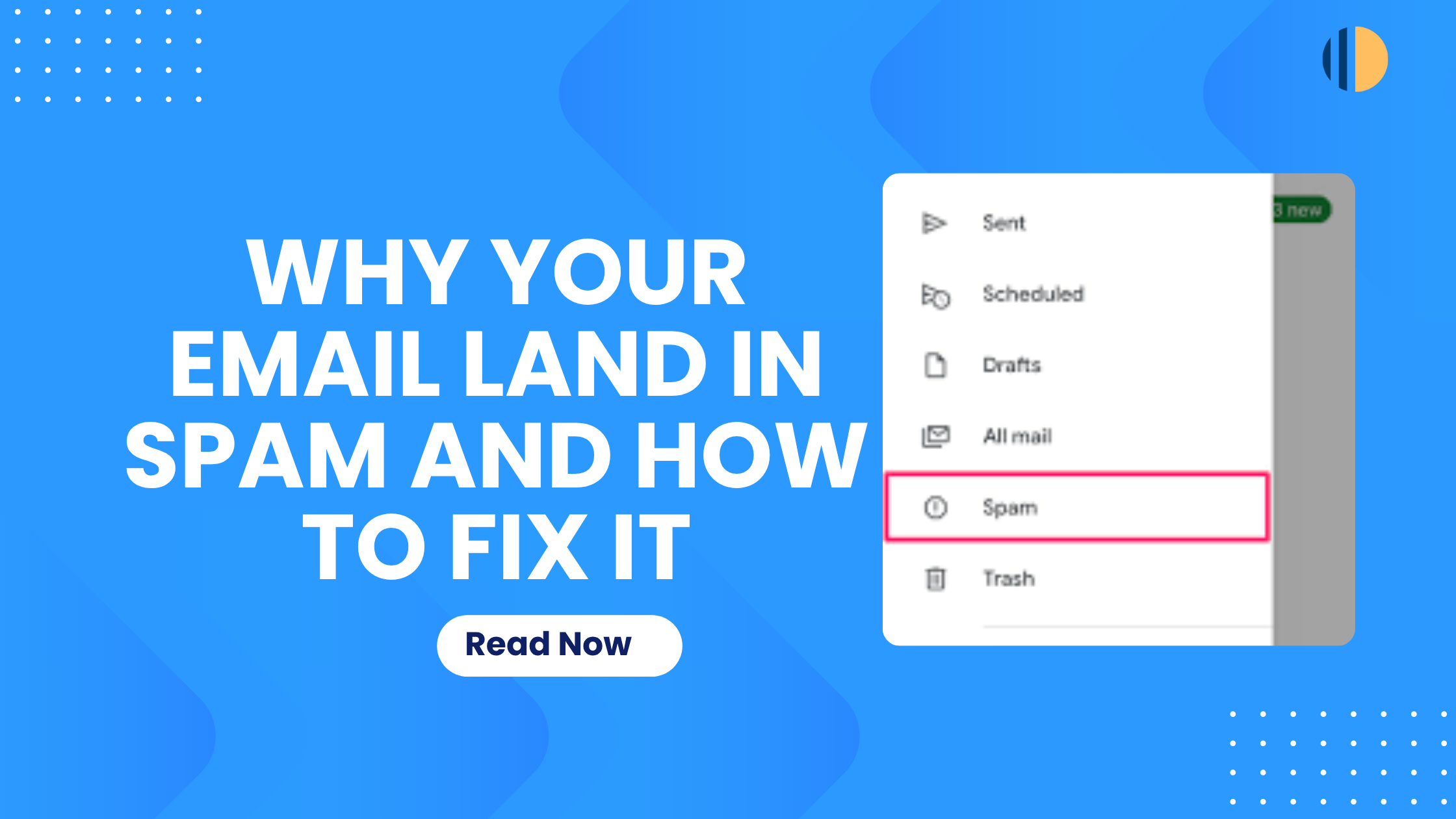Have you ever walked into a store, and no one welcomed you? It feels awkward, right? It’s the same online.
When someone signs up for your list, downloads your freebie, or buys from you, the first set of emails you send decides whether they’ll stick around or vanish. This set of emails is called a welcome email sequence.
A welcome email sequence is therefore more than just a simple “hello.” It’s your opportunity to earn their trust, demonstrate your worth, and gently encourage them to buy from you.
Let me show you how to write a welcome sequence that works.
What is a Welcome Email Sequence?
Think of a welcome email sequence as your brand’s digital handshake and first conversation.
It’s an automated series of emails sent to new subscribers or prospects after they take an initial action, like signing up for your newsletter or making a first purchase.
The goal is to nurture that initial interest and guide them towards becoming a paying customer.
Why is a Welcome Email Sequence Important?
A strong welcome email sequence isn’t just a nice-to-have; it’s essential. It allows you to:
- Make a great first impression: You only get one shot.
- Educate prospects: Introduce them to your brand, products, or services.
- Build trust and rapport: Show them you understand their needs.
- Drive engagement: Encourage them to explore your website or social media.
- Boost conversions: Ultimately, turn those curious prospects into loyal customers.
How to Craft a High-Converting Welcome Email Sequence
So, how do you write a welcome email sequence that converts? Let’s break it down.
Email 1: The Immediate Welcome & Introduction
This is your very first contact with your prospects or subscribers. Send this email immediately they sign up or make a purchase.
Let’s look at a subject line idea and what the content should include.
Subject line Idea: “Welcome to Foodies & Spices! This is your gift.”
Content:
- Thank them for signing up.
- Briefly introduce your brand and what you offer.
- Set expectations: What can they expect from your emails?
- Deliver any promised lead magnet (e.g., an ebook, discount code).
- Call to Action (CTA): Guide them to a valuable resource, like your “About Us” page or a popular blog post.
Email 2: The Introduction / Story
Send this 1 day after the welcome email.
Let’s look at a subject line idea and what the content should include
Subject line idea: “How Foodies & Spices started – our story”
Content:
- Share your story/brand values.
- Show them you understand their struggles.
- Position yourself as the guide/authority they can trust.
Email 3: Delivering Value & Building Trust
Send this 2 days after the second email. This email focuses on showing, not just telling, your value.
Let’s look at a subject line idea and what the content should include
Subject line idea: 3 quick tips to preserve your food in the heat period
Content:
- Share a valuable tip, a useful resource, or a solution to a common problem your audience faces.
- Introduce a specific product or service that addresses this pain point.
- Social Proof: Briefly mention a testimonial or success story.
- CTA: Encourage them to explore a product category or service page.
Email 4: The Social Proof
Send this email 2 days after email 3. This email focuses on showing testimonials of people who have used your product or service.
Subject line ideas: How a bowl of Afang soup got her an engagement ring
Content includes:
- Start with a short intro that shifts focus from you to them
- Add 2–3 testimonials or case studies.
- Add screenshots/reviews if possible.
- Highlight how your solution helped real people.
- Subtle link back to your offer/service.
- Tease the next email (hint at the upcoming offer).
Email 5: The Gentle Offer
Send this email 2–3 days after Email 4. This email focuses on testing if your audience is a buying audience.
Subject line idea: “Here’s how we can help you more.”
Content:
- Recap the value they’ve received so far.
- Present your main product, service, or offer.
- List clear benefits (what’s in it for them).
- A single, strong call-to-action (buy, book a call, sign up).
- Add urgency or a bonus if possible (limited-time offer).
Frequently Asked Questions About Welcome Sequences
- How many emails should be in a welcome sequence?
Typically, 3-5 emails work best. This gives you enough touchpoints without overwhelming new subscribers.
- What’s the best timing between emails?
The first should be immediate. Subsequent emails can be spaced 1-3 days apart. Test what works for your audience.
- How can I personalize my welcome emails?
Use their first name, segment your audience based on their initial interest, and recommend products based on browsing history. Go-Mailer makes this easy.
- Should I include a discount?
It depends on your strategy. A small, limited-time discount can be a great incentive for a first purchase, especially for e-commerce.
It’s not enought to write a welcome email sequence but how do you make it perform well?
Tips to boost your welcome sequence performance
To make your welcome sequence effective, use these tips:
- Segment your audience: Don’t treat all new subscribers the same. Tailor sequences based on how they signed up (e.g., blog reader vs. abandoned cart).
- A/B test everything: Experiment with subject lines, CTAs, email content, and even sending times to see what resonates most with your audience.
- Optimize for mobile: A huge percentage of emails are opened on phones. Ensure your emails look great on all devices.
- Include a clear call to action: Every email should have one primary goal and a prominent button or link to achieve it.
- Track your metrics: Pay attention to open rates, click-through rates, and conversion rates to continually improve.
Finally…
A well-crafted welcome email sequence is an invaluable asset for any business aiming to convert prospects into customers.
It’s your opportunity to make a lasting first impression, provide immense value, and gently guide new subscribers towards becoming an integral part of your brand’s community.
So, what are you waiting for? Start planning your high-converting welcome email sequence today and watch your customer base grow.
What’s the first step you’ll take to improve your welcome emails? Share your thoughts in the comments below.




